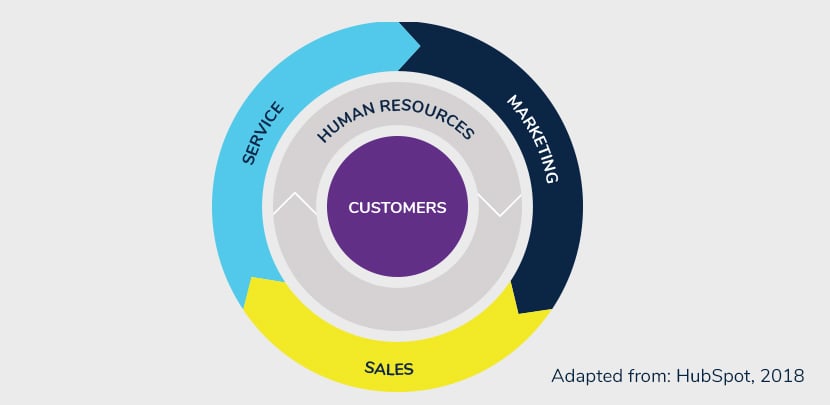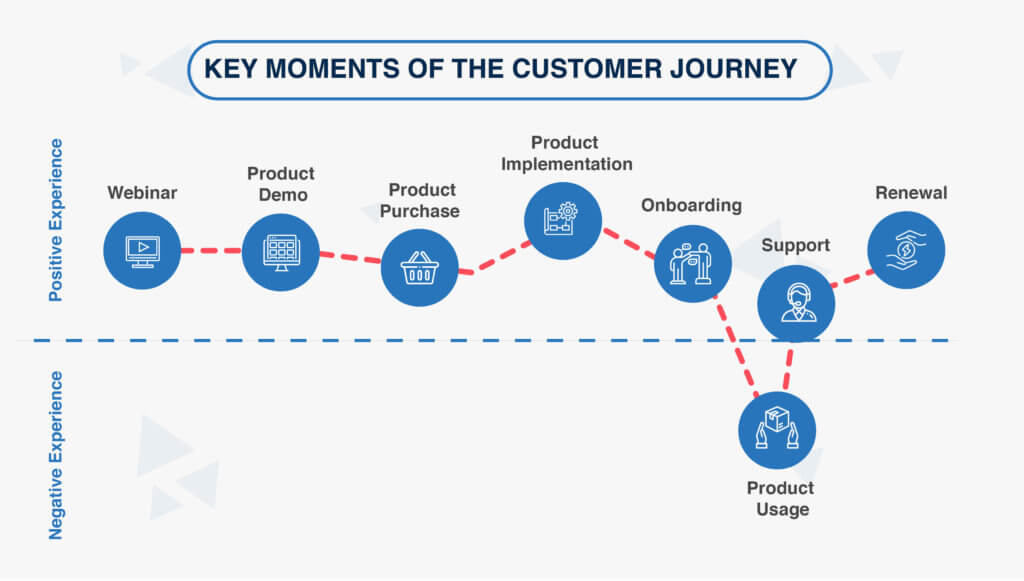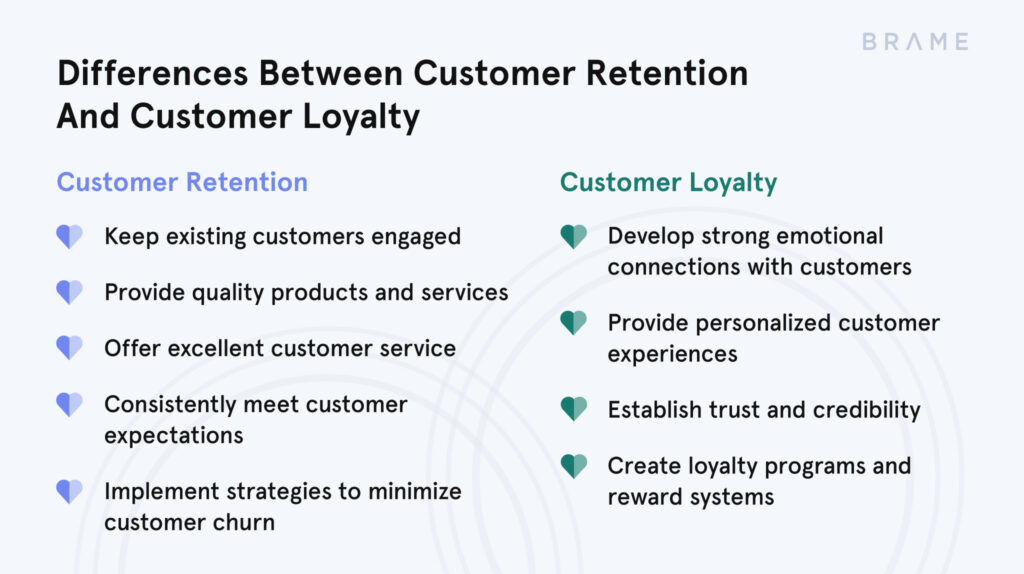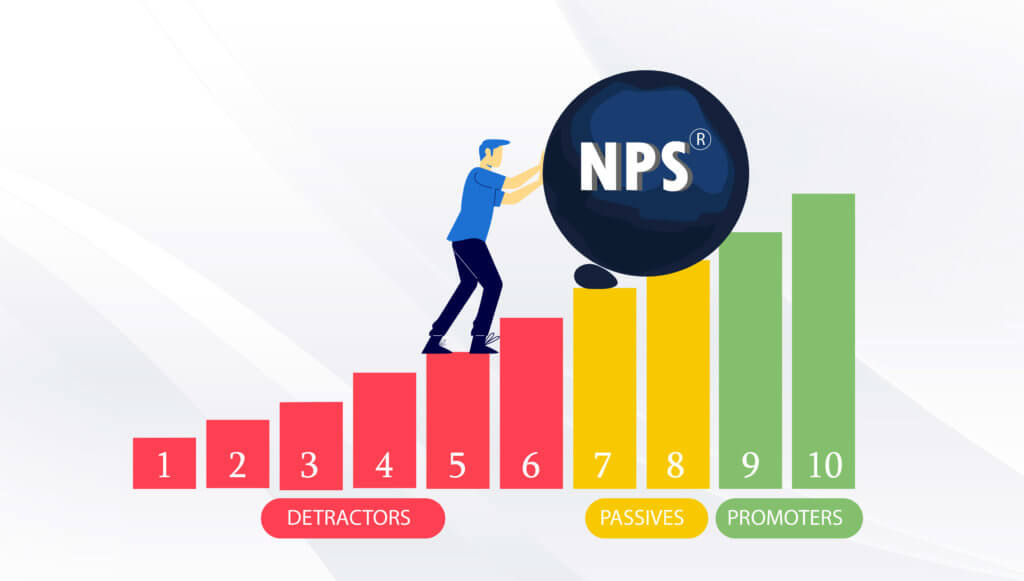Introduction
Understanding NPS
The Net Promoter Score (NPS) has emerged as a leading metric for understanding customer loyalty and satisfaction. Developed in 2003 by Bain & Company, NPS provides organizations a straightforward way to measure their customers’ willingness to recommend their product or service to others. At its core, NPS seeks to gauge customers’ emotional connection with a brand, making it a vital tool for businesses aiming to enhance customer relationships.
With a simple question format, NPS asks customers to rate, on a scale from 0 to 10, how likely they are to recommend a company to friends or colleagues. Based on their responses, customers are classified into three categories:
- Promoters (9-10): Loyal enthusiasts who will keep buying and refer others to the company.
- Passives (7-8): Satisfied but unenthusiastic customers vulnerable to competitive offerings.
- Detractors (0-6): Unhappy customers who can damage a brand through negative word-of-mouth.
Understanding this classification helps businesses identify their strengths and weaknesses and adjust their strategies accordingly.
Importance of Customer Loyalty
Customer loyalty extends beyond repeat purchases; it involves a deep connection and trust consumers feel toward a brand. Loyal customers are more likely to act as brand ambassadors, leading to organic growth through word-of-mouth recommendations. Here are several reasons why customer loyalty is critical for businesses today:
- Increased Profits: Loyal customers tend to spend more over time. Research shows that increasing customer retention rates by just 5% can increase profit by 25% to 95%.
- Reduced Marketing Costs: Attracting new customers often costs five to twenty-five times more than retaining current ones. A loyal customer base softens the impact of marketing costs.
- Feedback Cycle: Loyal customers provide valuable feedback that can guide improvements and innovation. Engaging with these customers can yield insights that lead to better services or products.
- Resilience Against Competition: In saturated markets, loyalty can mean the difference between success and failure. Companies that foster strong customer relationships often weather storms better than those focused solely on acquisition.
A personal anecdote can illustrate the impact of NPS and customer loyalty. Consider a small local coffee shop that regularly seeks feedback through NPS surveys. Over time, understanding their customers’ sentiments about new menu items allows them to refine their offerings and create a more loyal clientele. This proactive approach enables them to respond quickly to any detractors, thus enhancing the overall customer experience.
In conclusion, understanding NPS and the intricacies of customer loyalty are crucial for businesses aiming to thrive in today’s competitive landscape. By leveraging NPS as a foundational metric for customer sentiment, organizations can make informed decisions that directly enhance their relationships with consumers, driving retention and growth.

Implementing NPS Strategies
Collecting NPS Feedback
Once an organization understands the significance of the Net Promoter Score (NPS), the next step is effectively collecting customer feedback. This stage is crucial, as it is the foundation for any subsequent analysis and strategy formulation.
The key to successful NPS collection is ensuring the feedback process is straightforward and accessible. Here are some tips to effectively gather NPS insights:
- Timing Is Everything: Timing your NPS surveys is critical. Collect feedback shortly after a customer has interacted with your product or service to capture fresh insights. For example, after a customer purchases or completes a support call, sending a survey while the experience is still fresh can yield more accurate responses.
- Keep It Short and Simple: The core NPS question should be succinct and to the point, followed by an open-ended follow-up question. For instance:
- “On a scale from 0-10, how likely are you to recommend us to a friend?”
- “What is the reason for your score?”
- Utilize Multiple Channels: Different customers have different communication preferences. Consider leveraging various channels for your feedback collection, such as email, SMS, or in-app surveys. You increase the likelihood of receiving responses by offering multiple ways for customers to provide feedback.
By employing these strategies, organizations can capture meaningful customer sentiments essential for calculating NPS.
Analyzing and Benchmarking NPS Scores
Once feedback is collected, the focus shifts to analyzing and benchmarking NPS scores. Understanding NPS data is crucial for making informed decisions and driving company improvements.
Here’s how organizations can effectively analyze their NPS:
- Calculate Your Score: To find your NPS, use the formula:[
NPS = \% \text{Promoters} – \% \text{Detractors}
]
This score will give you a number ranging from -100 to 100. For example, if 70% of respondents are promoters and 10% are detractors, your NPS would be 60.
- Segment Your Data: Analyze your NPS across customer segments based on demographics, purchase history, or feedback channels. This segmentation aids in identifying specific areas where improvements can be targeted.
- Identify Trends Over Time: Regularly monitor and compare your NPS scores. Is your score improving or declining? Recognizing trends can help organizations react proactively rather than reactively.
- Benchmark Against Industry Standards: Comparing your NPS against industry averages can provide context for your score. For instance, if your retail business scores an NPS of 50, but the industry average is 70, there’s a clear area for improvement to remain competitive.
An excellent example comes from a tech company that implemented a regular NPS feedback loop. Analyzing their scores every quarter, they identified a significant drop in scores following a software update. This insight allowed them to address specific customer concerns promptly, leading to a recovery in NPS scores.
In conclusion, collecting and analyzing NPS feedback is a critical foundation for enhancing customer loyalty and experience. By implementing effective strategies for feedback collection and careful analysis of NPS scores, organizations can create a sustainable culture of continuous improvement, ultimately leading to increased customer satisfaction and loyalty.

Enhancing Customer Experience
Personalizing Interactions
In an age where consumers are inundated with options, personalization has become a paramount strategy for enhancing the customer experience. Tailoring interactions to meet individual preferences fosters a stronger connection with customers and elevates brand loyalty.
To effectively personalize interactions, organizations can employ several strategies:
- Segmenting Your Audience: Understanding nuances within your customer base allows for targeted marketing efforts. Create segments based on demographics, purchasing behavior, and feedback from NPS surveys. For instance, a clothing retailer might have segments for casual wear shoppers versus formal attire clients, allowing them to send personalized recommendations to each group.
- Utilizing Customer Data: Leverage data collected from past interactions to inform future communications. For example, if a customer frequently purchases children’s books, sending them recommendations for the latest releases in that category will resonate more than generic promotions.
- Crafting Customized Experiences: When customers feel recognized and valued, their connection to your brand strengthens. Consider using name recognition in email campaigns or tailored product suggestions on your website based on previous purchase behavior. Simple gestures like these make customers feel special and appreciated.
A personal anecdote illustrates this perfectly. Recently, after booking a trip with an airline, I received an email suggesting tailored activities at my destination based on my previous travel history. The recommendations felt thoughtful and relevant, enhancing my overall travel experience and securing my loyalty to that airline for future bookings.
Addressing Customer Pain Points
While personalizing interactions can significantly enhance customer experience, organizations must also focus on identifying and addressing customer pain points. Continual improvement based on customer feedback is fundamental to building lasting relationships.
To effectively address pain points, follow these approaches:
- Identify Common Complaints: The first step is listening to your customers. Analyzing feedback from NPS surveys can reveal recurring themes or issues affecting satisfaction. For example, if multiple detractors mention lengthy wait times for support, this is a clear signal that improvements are needed.
- Implement Solutions: Once you’ve identified pain points, prioritize addressing the most pressing issues. Regarding the support wait times, a company could invest in better technology for handling customer queries or increase staffing during peak hours. Implementing visible changes demonstrates to customers that you value their feedback and are committed to their satisfaction.
- Follow-Up: After resolving a pain point, it’s essential to communicate back to customers. An email thank-you or a follow-up survey asking if the solution met their needs can reinforce the message that their voices matter.
For instance, a software company once received multiple NPS responses pointing to difficulties in user onboarding. In response, they revamped their onboarding process and sent follow-up emails to users to gather additional feedback, witnessing a notable increase in their scores thereafter.
In conclusion, enhancing customer experience involves two key aspects: personalizing interactions and addressing pain points. By focusing on tailoring experiences to individual customers and proactively responding to their challenges, organizations can cultivate meaningful relationships, boost customer satisfaction, and foster loyalty in today’s competitive marketplace.

Building Trust and Credibility
Transparency in Operations
Building trust and credibility has never been more vital in today’s marketplace, where consumers are more informed and discerning. Transparency in operations serves as a cornerstone for establishing trust with customers. When businesses are open about their practices, policies, and challenges, they create an environment of honesty that resonates with consumers.
Here are some effective strategies for promoting transparency within an organization:
- Open Communication: Regularly share updates on company policies, changes, and challenges. This can be achieved through newsletters, blogs, or social media posts. For instance, a brand might update customers about supply chain disruptions, proactively explaining how they address these issues.
- Share Your Values: Communicate your company’s mission, vision, and core values. This helps customers understand what your company stands for. A prime example is a company that promotes sustainability, detailing their eco-friendly practices in marketing materials and showcasing their commitment to environmentally responsible operations.
- Encourage Feedback: Create channels for customer feedback and actively work to address concerns. When companies openly accept and act on feedback, they show customers that their opinions matter. An example is a restaurant that posts seasonal surveys on its social media pages asking patrons what menu items they’d like to see, fostering a sense of community involvement.
A personal experience illustrates the impact of transparency. I was a frequent customer at a local bakery a few years ago. When they encountered difficulties sourcing specific ingredients due to supply chain issues, they openly communicated this struggle to customers via email and social media. Their willingness to share the challenge endeared me to the brand, ultimately reinforcing my loyalty despite the inconvenience.
Delivering on Promises
Another pivotal aspect of building trust and credibility is delivering on promises. When customers have confidence that a business will stand by its commitments, it reinforces positive perceptions and relationships.
To effectively deliver on promises, consider the following practices:
- Set Realistic Expectations: Be clear about what customers can expect from your products or services. For instance, if your service has a typical delivery time of five days, communicate that clearly and avoid overselling it as two days unless you can guarantee it.
- Consistency is Key: Ensure that your products and services deliver consistent quality over time. Customers should know they can rely on you to provide the same positive experience, whether they visit your website, customer service, or retail location.
- Follow Through: When you make commitments—through marketing campaigns, customer service promises, or product guarantees—ensure that you follow through. For example, if a tech company promises 24/7 support, having their team available and responsive showcases their dedication to customer satisfaction.
Consider a situation with an online retailer that offered a “no questions asked” return policy. As a customer, I appreciated their transparency. When I needed to return an item, the process was seamless, and I received my refund promptly. Not only did this build trust with me as a consumer, but it also led me to recommend the retailer to friends and family.
In conclusion, building trust and credibility in customer relationships hinges on two fundamental elements: transparency in operations and delivering on promises. By prioritizing these practices, businesses can create a solid foundation of customer trust, leading to long-lasting loyalty and sustained success in a competitive environment.

Engaging Employees in NPS
Training and Empowering Staff
Engaging employees in the Net Promoter Score (NPS) process is essential for driving a customer-centric culture. Employees play a key role in delivering the experience that ultimately shapes customer perceptions. Organizations must invest in training and empowerment to build a strong connection between staff and NPS.
The first step is to equip employees with the knowledge they need to understand the NPS framework. Here are some effective training strategies:
- Comprehensive Onboarding: New hires should receive training on how NPS works and its importance to the company’s success. This sets the tone, signalling that customer experience is a top priority.
- Regular Workshops: Offer ongoing training sessions that focus on improving customer interactions. Role-playing scenarios can simulate challenging situations, helping staff develop problem-solving skills. For instance, a telecommunications company might simulate a frustrating call to aid representatives in practising empathy and effective communication.
- Access to Resources: Empower employees with tools and resources that help them serve customers better. This could include scripts, FAQs, or direct access to product specialists. Providing these resources encourages employees to take ownership of customer issues.
A personal experience highlights the impact of effective training. I noticed staff members had attended customer experience workshops during my visits to a local store. They were better equipped to handle questions and concerns, making each visit an engaging experience. Their confidence and competence were evident, reflecting positively on the brand.
Recognizing and Rewarding Customer-Centric Behavior
Recognizing and rewarding customer-centric behavior within the organization further reinforces the importance of NPS. When employees feel valued for their efforts to enhance customer experiences, motivation and commitment to the NPS process increase. Here are some strategies to consider:
- Spotlight Success Stories: Regularly highlight outstanding customer service within the organization. For example, a monthly newsletter might feature “Employee of the Month” based on NPS feedback, showcasing specific actions that positively impact customer experiences.
- Establish Incentives: Create incentive programs tied to NPS targets. For example, if the company reaches a certain NPS threshold, offer bonuses or team outings as a reward. Tailoring rewards to team preferences can create excitement around striving for shared goals.
- Celebrate Achievements Publicly: Acknowledgment during team meetings reinforces positive behavior. Celebrating small wins boosts morale and inspires others to follow suit.
An illustrative example is a hospitality chain implementing a customer feedback program. Managers regularly recognized staff who received positive comments related to guest experiences. This recognition uplifted employee spirits and encouraged healthy competition among employees to go above and beyond for guests.
In conclusion, engaging employees in NPS strategies through training and recognition is invaluable for fostering a customer-centric culture. When employees are well-trained and empowered to prioritize customer satisfaction, the overall customer experience improves. Consequently, this leads to higher NPS scores, promoting a cycle of success that benefits both customers and the organization. By investing in their workforce, companies can cultivate a loyal customer base and build a thriving environment of shared success.




